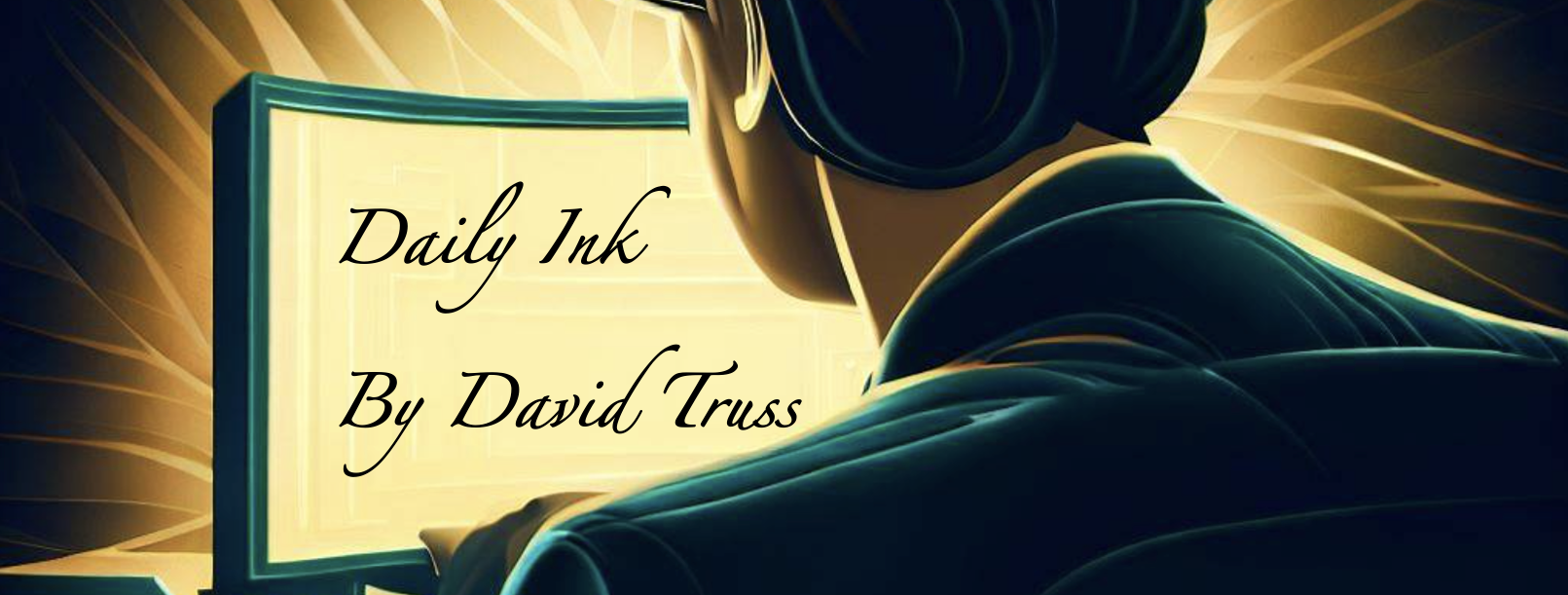‘Doing STEM’ or ‘Doing STEAM’… there is a saying, “Put lipstick on a pig, and it’s still a pig.”
I don’t want this to sound like a rant, and I don’t want to knock teachers for trying to do STEM projects. I do want to say that if 5 years ago a teacher did a project with kids where they broke them into groups and had them assemble a limited number of straws and a specific length of tape into the tallest possible tower, and if they do it again today it isn’t suddenly a STEM project.
Now, if that same lesson included teaching geometry and/or structural integrity; or if students had to design it such that their design had to have a function such as offices or apartments; or hold a weighted satellite dish; or if it had to factor in wind resistance (such as a blow dryer at close range); or if they had to model their design first and estimate the height they will achieve… if there was some thinking, designing, modelling, or estimating that was required before or even during the build process, well then it’s looking more like STEM.
Hands-on does not equal STEM. Building something does not equal STEM. Group challenges does not equal STEM. Meaningful integration of cross-curricular concepts, where problem solving requires thinking in more than one subject area relating to Science, Technology, Engineering, and Math is STEM. It doesn’t have to check all the boxes, but it should include thoughtful integration of at least a couple of these.
It’s about making the cross-curricular connections explicit, or at least thinking through how the outcomes and expectations relate to these connections. It’s about developing competencies in the areas of STEM and not just doing a project that looks like STEM.












